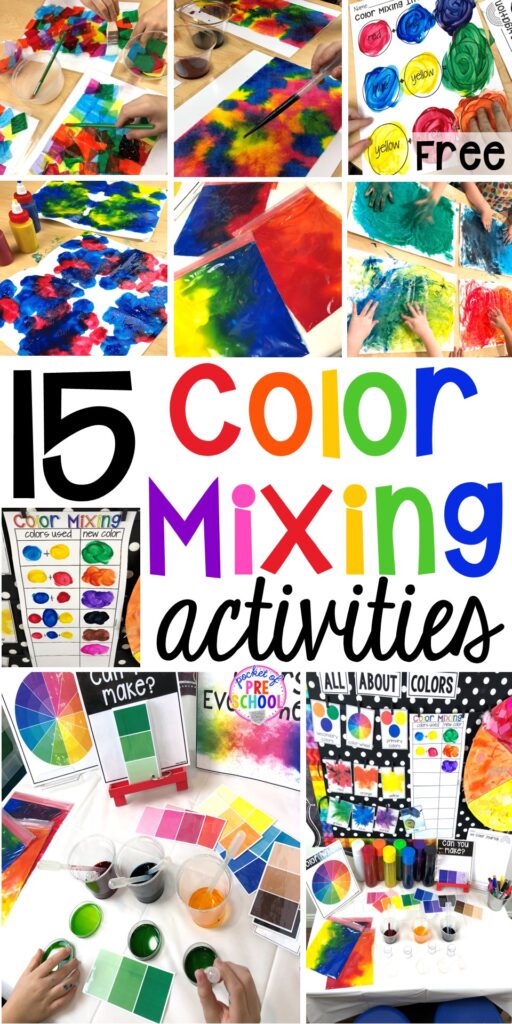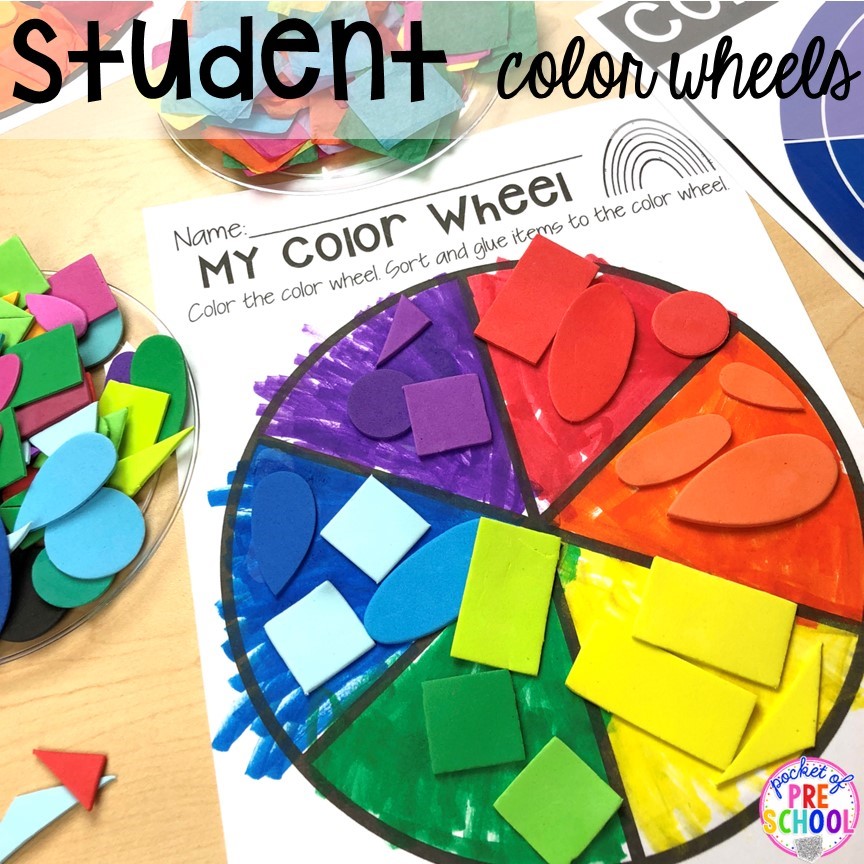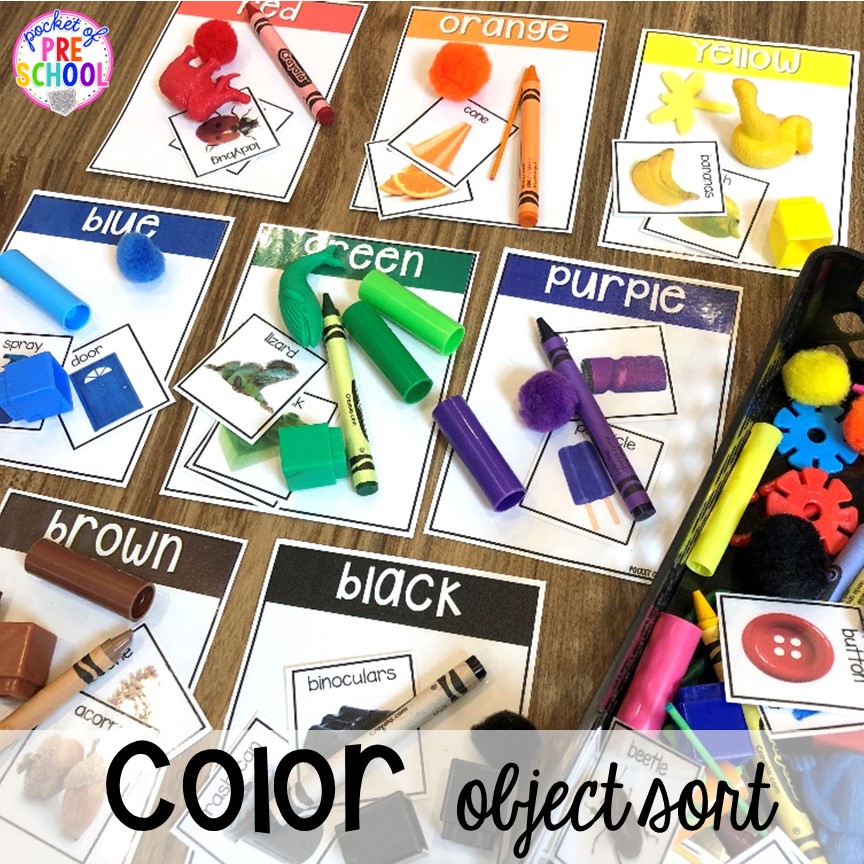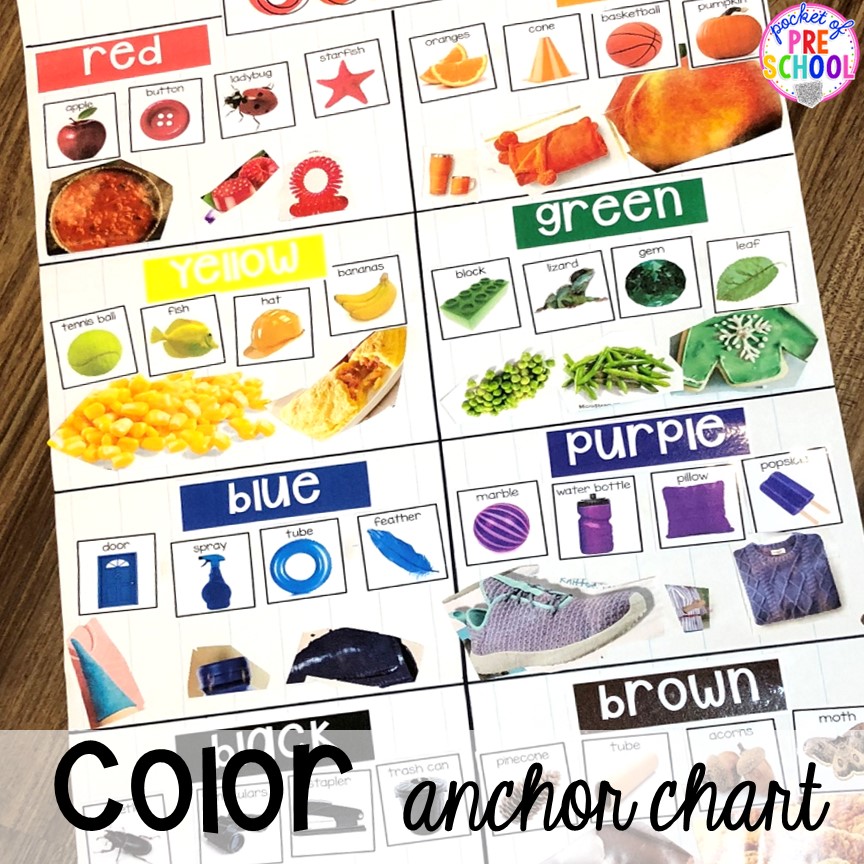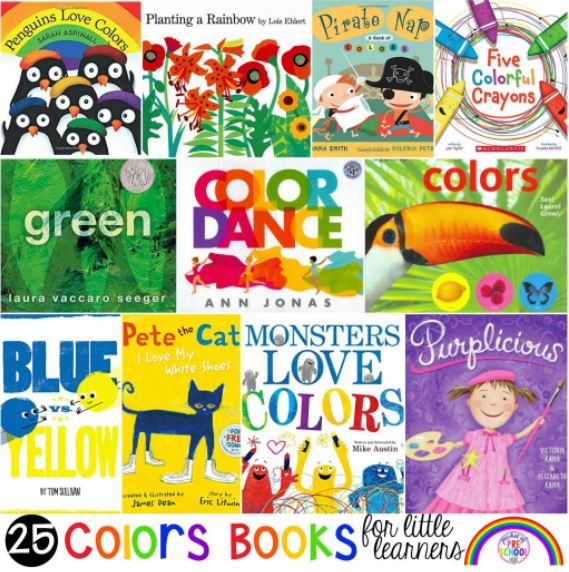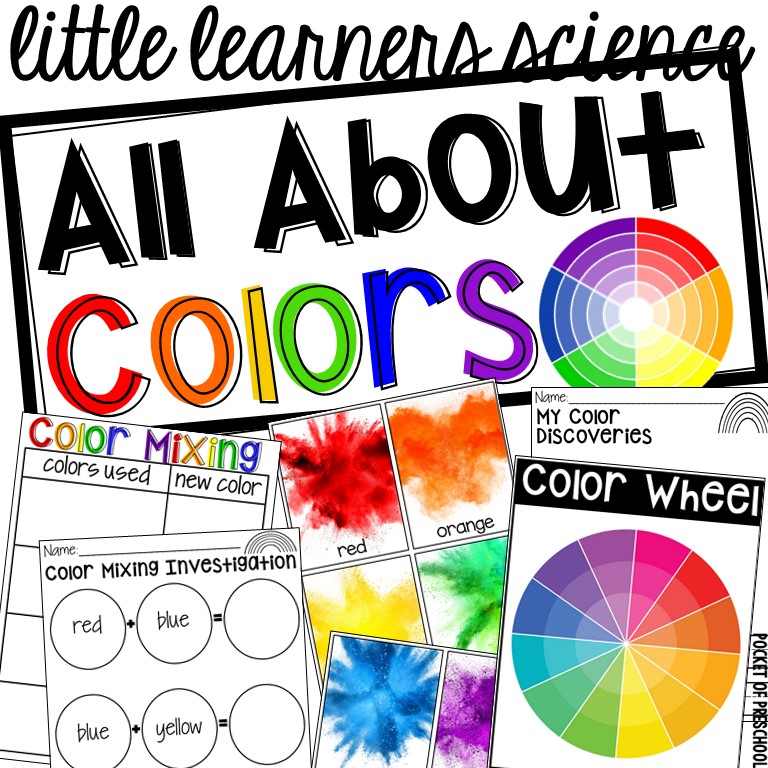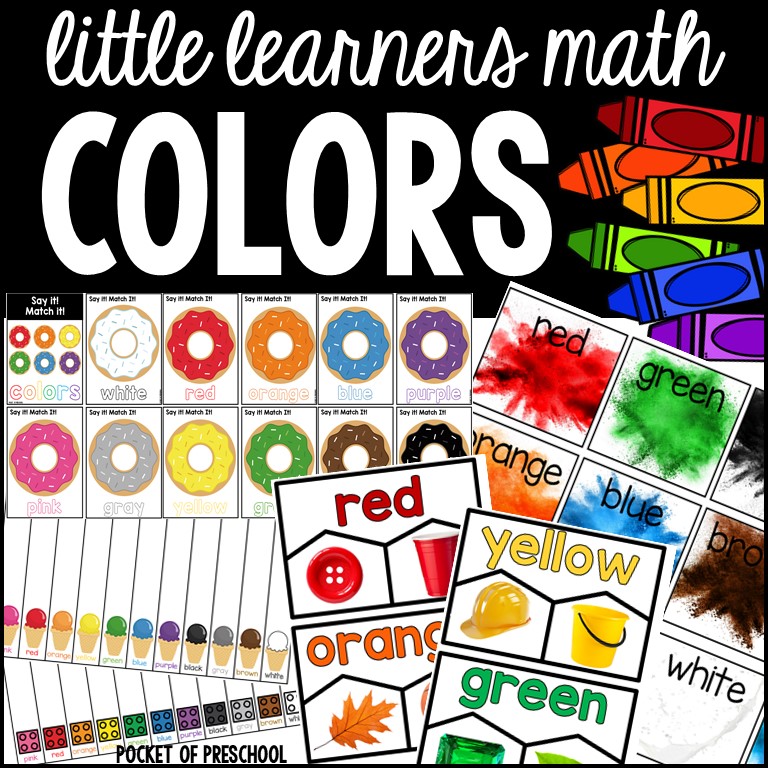
Grab the FREEBIE by entering your email in the box at the bottom of this post. This post contains affiliate links which means I earn a tiny commission when you use my links at no cost to you.
Color Mixing Science Table! Investigate mixing colors in the science center! Mix colors in sensory bags, mix colored water with droppers, examine and compare colors, and investigate how to make secondary colors! Grab all the resources from the Little Learners Science Unit All About Colors. Students will love mixing the primary colors to see what new color they create.
Color Mixing! Students use droppers and colored water to mix and make new colors. Your little scientists will have so much fun learning about color mixing and colors. I make a cup of red, yellow, and blue liquid for students to mix and create new colors. Post a color mixing challenge and challenge students to make a specific color. These two students are experimenting how to make green! Color mixing challenges provide students a specific experiment to investigate giving them the opportunity to predict, explore, observe, test, examine, and collect data.
Color Mixing Set-Up Tips! There is a tips sheet in the Little Learners Science Unit All About Colors. Use a white shower curtain to cover your table so students to clearly see how the colors mix. It can be hard to see the colors on a wood table or colored try. If you don’t have a white shower curtain, place a laminated white piece of paper on the table.
Let’s talk containers! Give students small dishes to mix in, so they aren’t overusing the colors and only making brown or black. Put the primary colors in larger cups that are only a third full so if it spills or they accidentally mix in the larger cups it’s easier to clean up. Layout the color sample cards, color journals, and the color mixing challenge resource. The color mixing challenge gives your scientists a specific experiment to be working on.

Color Mixing Investigations! Students are making shades of orange by mixing red and yellow. Students will be so excited and engaged in learning about color mixing with this fun science experiment! See how they are slowly dropping only several at a time and they look so intense.
Color Mixing Chart! Create a coloring mixing chart to share with children the joy and excitement of color mixing! This chart makes a great challenge for students to figure out what primary colors make other colors. Have a science talk during small group and fill out the color chart together to introduce the new challenge with the group. After the color mixing science study is finished, hang this up in the art center as a resource students can use as they mix paint and colors in art.
>>Grab the Color Mixing Chart FREEBIE by entering your email in the box at the bottom of this blog post!<<

Color Mixing Paint Sensory Bags! Make these sensory bags with paint to match the challenge you give your students. This will show your children another way to mix colors without the mess. This is also great for students who do not like to touch things that are wet or sticky.
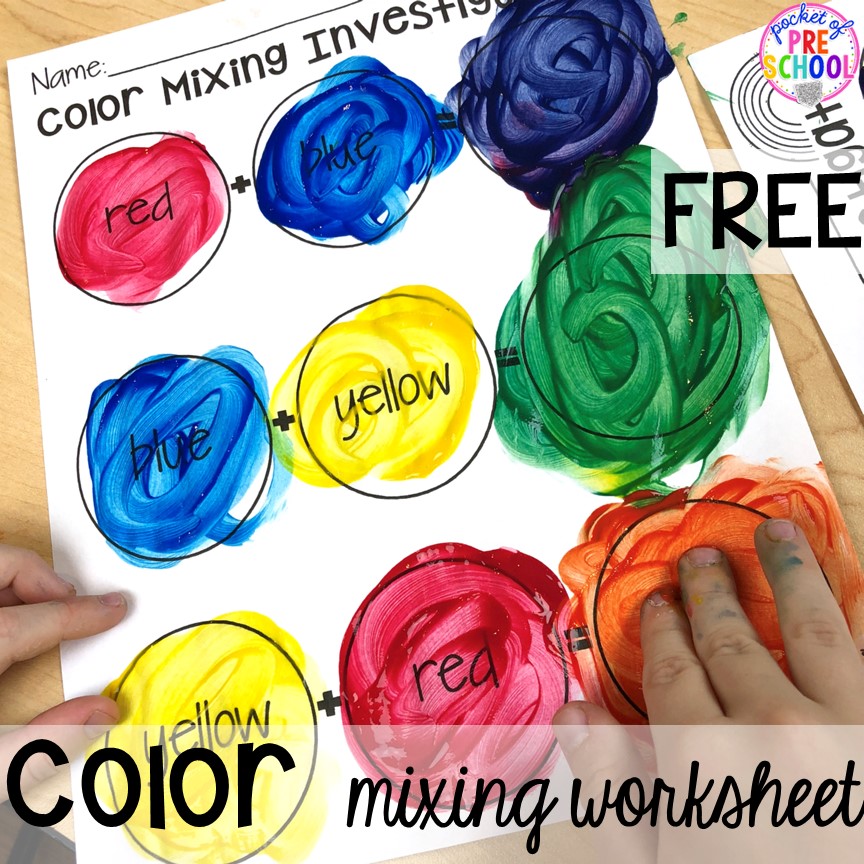
Color Mixing Worksheet! This color mixing worksheet is another fun freebie! Students will practice color word identification and mixing colors. You can use washable tempera paint or watercolor paint.
>>Grab the Color Mixing Worksheet FREEBIE by entering your email in the box at the bottom of this post<<
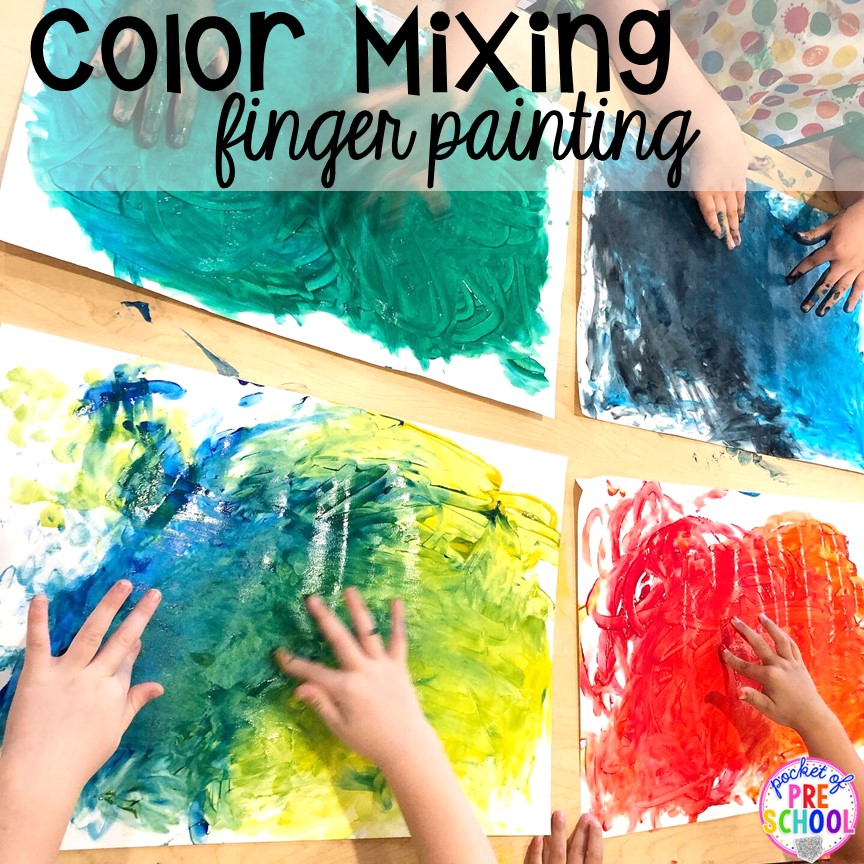
Color Mixing Finger Painting! Place one color on the right side and one color on the left side of a paper and let them use their fingers to mix and create gorgeous new colors. Talk about how certain colors combine to make new ones. This is also great fine motor activity too and will make a gorgeous bulletin board.
Color Mixing Journals! Most students, but not all, will love to journal about their color experiments. It is okay if it is scribbles or complete sentences. All levels can communicate their scientific discoveries on paper; it will just look different for each student! You could also use these journal pages during a color mixing science talk as a whole group. These are perfect to place in their student portfolios.
Color Mixing Tints! Add another level of mixing by introducing your preschool, pre-k, or toddler students to tinting. Add clear water to make tints of colors after they have discovered how to make most colors. There are several resources in the Little Learners Science Unit All About Colors. This makes such a fun color mixing activity!
Making Shades and Tints! Use this worksheet to make varying shades of a color. Students will mix black and white with one color to fill in all the circles to discover shades and tints.

Smash Painting! Take color mixing to the art center with smash painting! Place paint on one-half of the page and fold over. Then students will smash their paper to spread the paint. Open to reveal a fun picture! This is also a great activity to strengthen the shoulder and upper arm muscles. I place a set of small paint bottles at the table for students to use for this activity and you can grab them HERE.

Color Mixing Art! Students will adore this art project! Gather droppers, paper towels, and liquid coloring. Students will use droppers to place colors around the paper towel. They will see how the color spreads and mixes on the paper towel. Make DIY white mats by laminating white paper! Students can easily see the colors, the white mats can be easily carried to the drying rack, and easily slide onto the drying to rack. 
Melting Tissue Paper! Explore more color mixing with melting tissue paper art. You will need tissue paper squares, wax paper, paintbrushes, and liquid starch. Each student will get a piece of wax paper and a paintbrush. Then students will lay the tissue paper on the wax paper and put liquid starch on top. The colors will blend, almost looking like they are melting together! Little learners will love this color mixing activity.
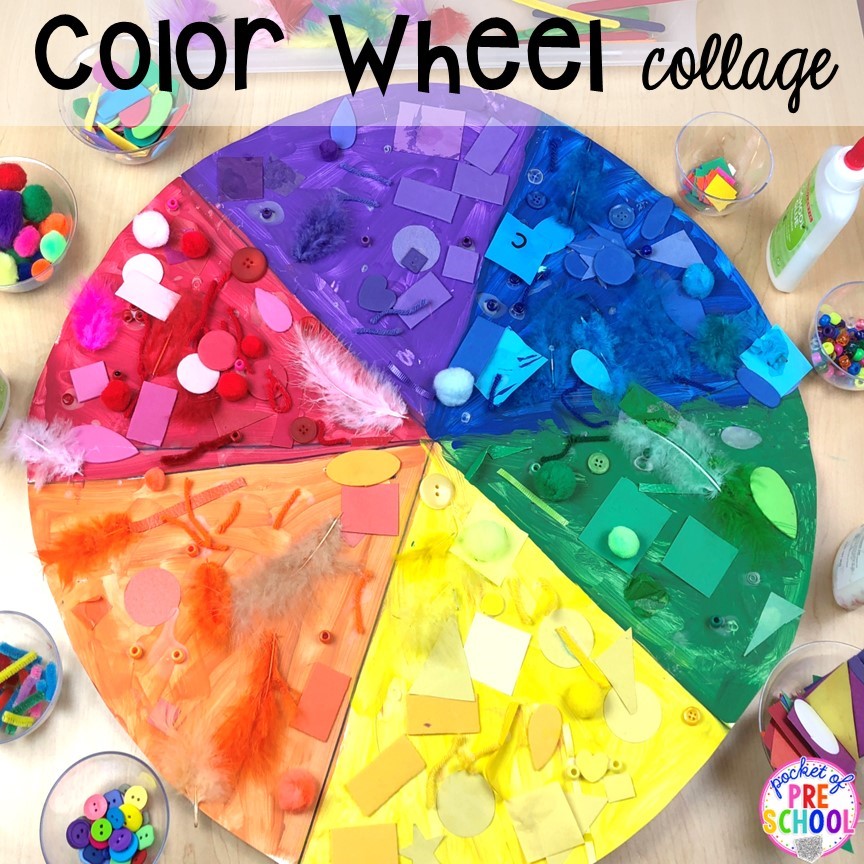
Color Wheel Collage! Make a large color wheel collage on poster board or butcher paper. Then color each section to match the objects you want students to sort. Students can help paint the section beforehand. I gave my students beads, cut-up pipe cleaners, feathers, pom poms, and colored pieces of paper. Students can glue them down or leave the objects loose.
Student Color Wheels! Grab this worksheet after you make the large color wheel collage and have students make individual color wheels. I had students sort foam shape pieces, but you could use pom poms, paper scraps, torn paper, or stickers.
Color Object Sort! Give students the chance to move around the room while they hunt for objects to sort with the color sorting cards. These are found in the Little Learners Science Unit All About Colors. Another option is to give students a bowl of objects to sort by color.
Color Anchor Chart! Make a giant anchor chart all about colors with the resources found in the Little Learners Science Unit All About Colors. Students can work on this as a large group or for a small group. Students can cut objects from magazines or grocery ads to glue onto the chart.
Mixing colors can be so fun and gives you an opportunity to practice science talks too! Learners of all ages can learn about mixing colors! These color mixing activities would be great for toddlers, preschool, pre-k, or kindergarten students. Check out my resources and blog posts below!
Grab the Little Learners Science Unit All About Colors here!
Check out the Little Learners Math Colors Unit for more resources!
Love this post? Pin this image!
